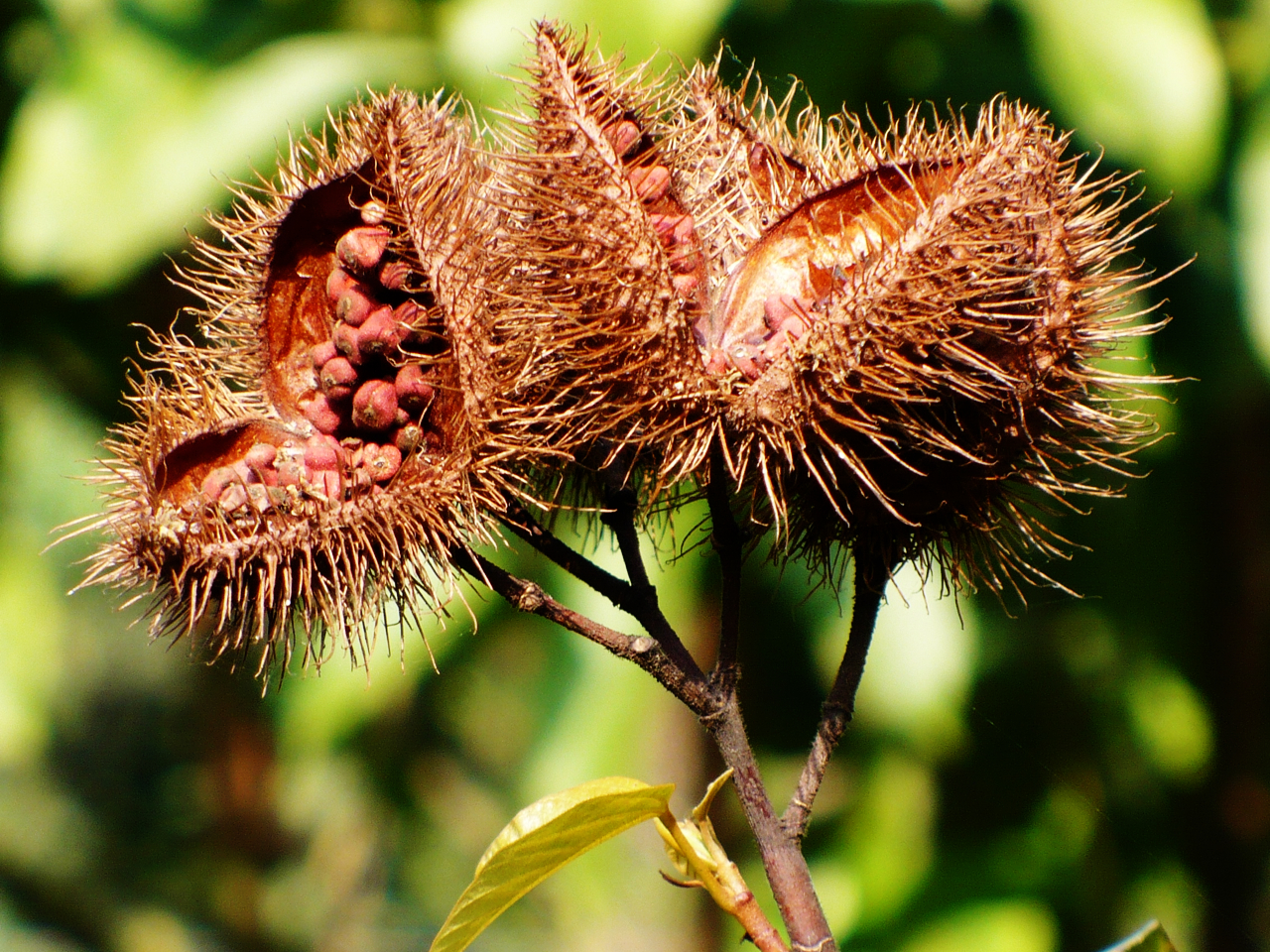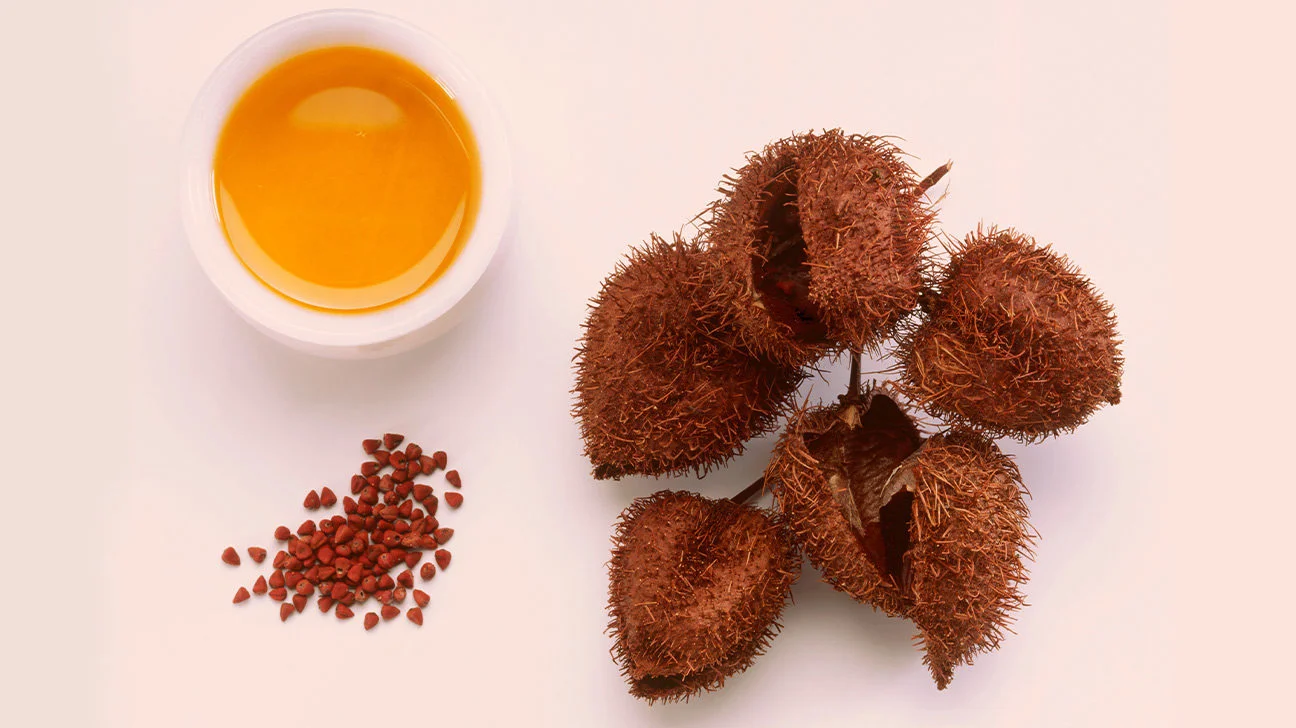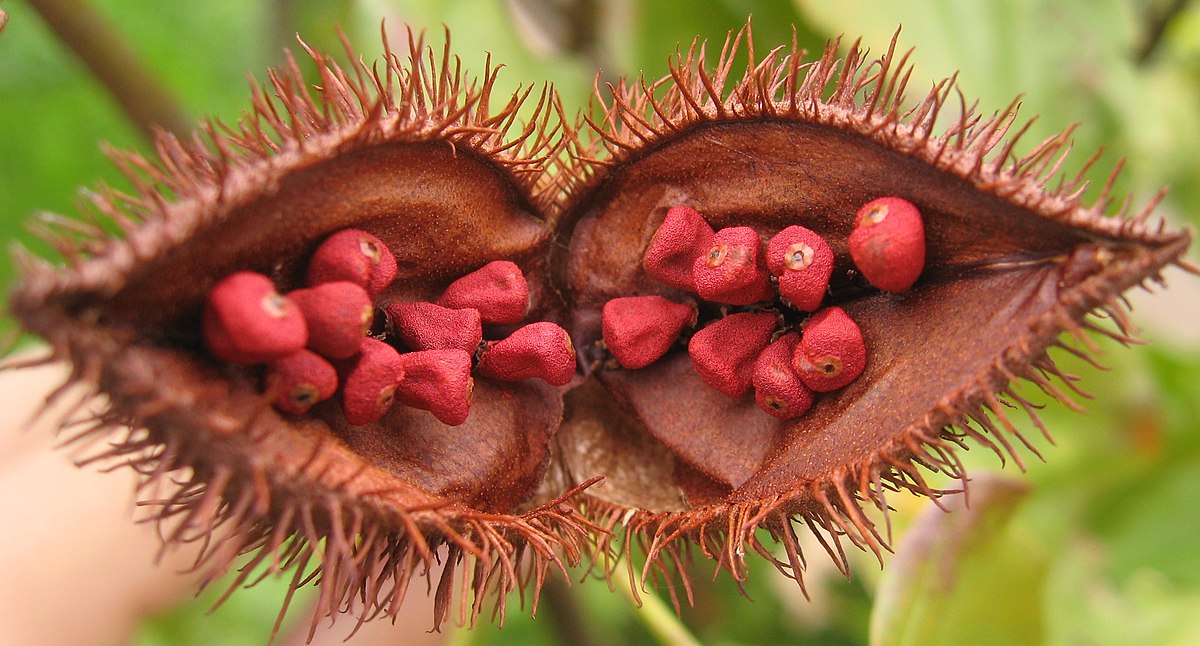Introduction to Annatto
What is Annatto?
Annatto is a natural food coloring and flavoring derived from the seeds of the achiote tree (Bixa orellana). This vibrant spice is known for its bright orange-red hue and subtle earthy flavor, making it a popular ingredient in various cuisines around the world.
Historical Background
Annatto has a rich history that dates back to ancient times. Indigenous peoples in Central and South America used annatto not only as a food coloring but also for its medicinal properties and as a body paint. The spice was later introduced to Europe and Asia through trade routes, becoming a staple in many traditional dishes.
The Botanical Profile of Annatto
Scientific Classification
Annatto belongs to the Bixaceae family. Its scientific name is Bixa orellana. The achiote tree is native to tropical regions of the Americas.
Physical Characteristics
The achiote tree produces spiky, heart-shaped pods containing numerous small seeds. These seeds are the primary source of annatto. The seeds have a hard, reddish-brown coating that is ground or extracted to produce the spice.
Annatto in Different Cultures
Latin American Cuisine
In Latin America, annatto is a key ingredient in many traditional dishes. It’s commonly used in the preparation of rice dishes, stews, and sauces. For example, in Mexican cuisine, annatto is used to make achiote paste, a flavorful marinade for meats.
Asian Cuisine
Annatto also plays a significant role in Asian cuisine, particularly in the Philippines and Vietnam. In Filipino cuisine, annatto oil, made by infusing oil with annatto seeds, is used to add color and flavor to dishes like kare-kare and sotanghon.
African Cuisine
In West Africa, annatto is known as “orlean” and is used in various traditional recipes. It adds a vibrant color to soups and stews and is often combined with other spices to enhance the flavor of dishes.
Culinary Uses of Annatto
As a Natural Food Coloring
One of the most common uses of annatto is as a natural food coloring. It imparts a yellow to orange-red color to foods, making it an excellent alternative to artificial colorings.
Flavor Enhancer
Besides its coloring properties, annatto also enhances the flavor of dishes with its slightly peppery, nutty taste. It is often used in spice blends and rubs.
Popular Recipes with Annatto
- Annatto Oil:
- Made by simmering annatto seeds in oil, used in cooking and as a condiment.
- Achiote Paste:
- A blend of annatto seeds, spices, and vinegar, used as a marinade.
- Yellow Rice:
- Rice cooked with annatto oil for a vibrant color and subtle flavor.
Health Benefits of Annatto
Rich in Antioxidants
Annatto is packed with antioxidants, which help protect the body from oxidative stress and free radicals. This can contribute to overall health and wellness.
Potential Anti-inflammatory Properties
Some studies suggest that annatto may have anti-inflammatory properties, which can be beneficial in reducing inflammation-related conditions.
Benefits for Skin Health
Traditionally, annatto has been used to treat various skin conditions. Its antimicrobial and anti-inflammatory properties make it a potential natural remedy for skin issues.
How to Use Annatto in Cooking
Annatto Seeds
Whole annatto seeds can be used to infuse oil or water, imparting color and flavor to dishes. They are often toasted before use to enhance their flavor.
Annatto Powder
Annatto powder is made by grinding the seeds into a fine powder. It is a convenient form of the spice that can be easily added to recipes.
Annatto Oil
Annatto oil is made by simmering annatto seeds in a neutral oil until the oil takes on a vibrant color. It is then strained and used in cooking or as a condiment.
Annatto in the Food Industry
Commercial Uses
In the food industry, annatto is widely used as a natural coloring agent in products such as cheese, butter, margarine, and snack foods. Its safety and natural origin make it a preferred choice for manufacturers.
Safety and Regulations
Annatto is generally recognized as safe (GRAS) by the FDA. However, it is essential to follow recommended usage levels to avoid potential side effects.
Annatto vs. Other Natural Colorings
Comparison with Turmeric
While both annatto and turmeric are used for their coloring properties, annatto has a milder flavor compared to the pungent, earthy taste of turmeric.
Comparison with Saffron
Annatto is often used as a more affordable alternative to saffron, providing a similar color but with a different flavor profile.
Growing Annatto
Ideal Climate and Soil
Annatto thrives in tropical climates with well-drained soil. It requires plenty of sunlight and moderate rainfall.
Harvesting Annatto
The pods are harvested when they turn brown and dry. The seeds are then extracted and processed into various forms of annatto.
Sustainability and Ethical Sourcing
Environmental Impact
Annatto farming can have a minimal environmental impact if done sustainably. It is crucial to practice responsible farming methods to preserve biodiversity.
Fair Trade Practices
Ethical sourcing of annatto involves fair trade practices that ensure farmers receive fair compensation for their products.
Annatto in Cosmetics and Skincare
Traditional Uses
Annatto has been used traditionally in cosmetics for its vibrant color and skin-benefiting properties. It was used as body paint and in various beauty treatments.
Modern Applications
Today, annatto is found in natural cosmetics and skincare products for its antioxidant properties and ability to provide a natural tint.
Annatto in Traditional Medicine
Folk Remedies
In traditional medicine, annatto has been used to treat various ailments, including digestive issues, skin problems, and infections.
Current Research
Recent studies are exploring the potential health benefits of annatto, including its antioxidant and anti-inflammatory properties.
Potential Side Effects and Precautions
Allergic Reactions
Some individuals may experience allergic reactions to annatto. It is essential to test for allergies before using it extensively.
Safe Consumption Levels
While annatto is generally safe to consume, it is recommended to use it in moderation to avoid any adverse effects.
Buying and Storing Annatto
Best Practices for Storage
Annatto seeds and powder should be stored in a cool, dry place away from direct sunlight to maintain their color and flavor.
Selecting Quality Annatto Products
When buying annatto, look for products that are vibrant in color and free from additives or preservatives.
Conclusion
Annatto is a versatile spice with a rich history and a wide range of uses. From its role as a natural food coloring to its health benefits and applications in traditional medicine, annatto continues to be a valuable ingredient in various cultures around the world. Whether you’re a home cook looking to add a splash of color to your dishes or a health enthusiast exploring natural remedies, annatto offers something for everyone.
FAQs
What is annatto used for?
Annatto is used primarily as a natural food coloring and flavoring. It is also used in traditional medicine and cosmetics.
Is annatto safe to consume?
Yes, annatto is generally recognized as safe to consume. However, it is essential to use it in moderation and be aware of any potential allergies.
How do you make annatto oil?
To make annatto oil, simmer annatto seeds in a neutral oil until the oil takes on a vibrant color. Strain the seeds and use the oil in cooking or as a condiment.
Can annatto be used as a substitute for saffron?
Annatto can be used as a more affordable substitute for saffron to provide a similar color, but it has a different flavor profile.
Where can I buy annatto seeds?
Annatto seeds can be purchased at specialty spice stores, online retailers, and some health food stores.
